The Many Legends Behind Dussehra
- October 23, 2020

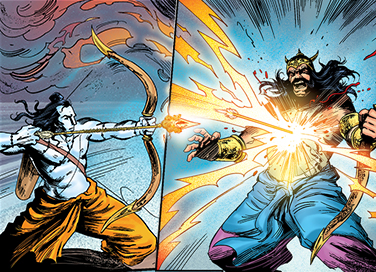
The Many Legends Behind Dussehra
- October 23, 2020
By Sandeep Mishra
It’s called Dasha-Hara in the north, Vijayadashami in the south, and Durgotsava in the east. Whatever the name, one has to agree that the festival of Dussehra is one that unifies the nation celebrating the victory of good over evil.
The festival is the culmination of the nine-day long Navaratri celebrations. Observed on the tenth day in the month of Ashvin or Kartik (September-October), the most popular legend associated with it is the triumph of Vishnu’s Rama avatar over the demon king of Lanka, Ravana, who abducted Rama’s wife, Sita. However, this is not the only story in Indian mythology that is tied to Dussehra.
To receive more such stories in your Inbox & WhatsApp, Please share your Email and Mobile number.
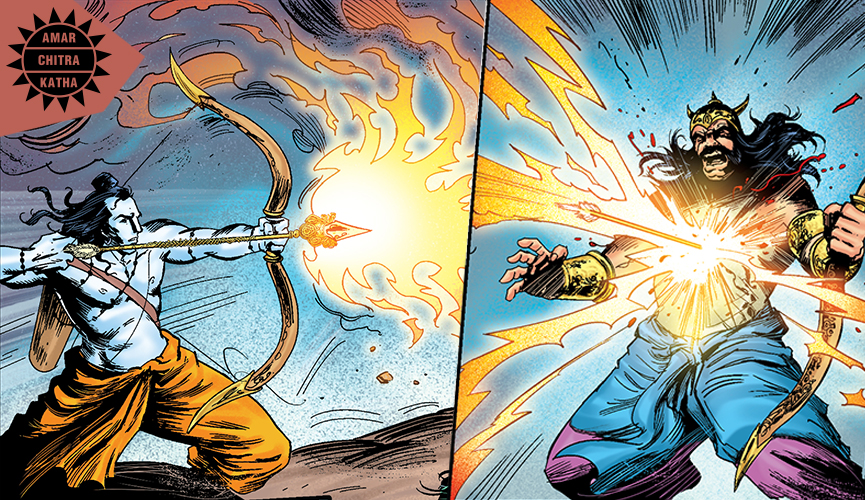
Most of the northern states of India see this festival as the day when Rama killed the ten-headed king of Lanka, Ravana. According to the Ramayana, Ravana kidnapped Rama’s wife, Sita. After several years of penance, Ravana had received a boon from Lord Brahma which made him indestructible. Rama, the seventh incarnation of Vishnu, circumvented the boon and managed to kill the demon king in a fierce battle on this day. The word ‘Dussehra’ is made up of two Hindi words, ‘dus’ meaning ten and ‘hara’ meaning annihilated. Therefore, when combined, ‘Dussehra’ stands for the day when the ten evil faces of Ravana were destroyed by Lord Rama.
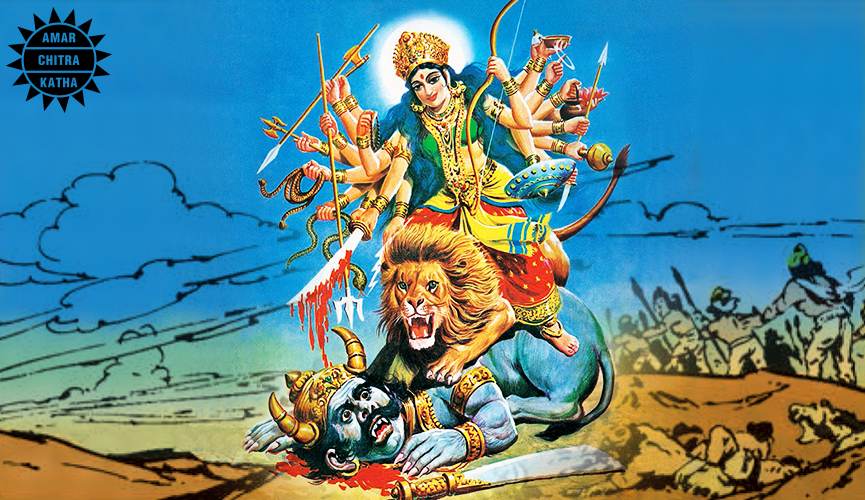
In many other states of India, the festival is dedicated to the victory of goddess Durga over the demon Mahishasura. According to the Puranas, Mahishasura performed severe penance to be immortal. However, when Lord Brahma told him that wasn’t possible, the arrogant demon altered his request, instead, wishing that if he were to be killed, it had to be by a woman. The deeply prejudiced Mahishasura was extremely confident that no woman was strong enough to slay him. Soon, with his newfound strength, he started wreaking havoc in the three worlds, terrifying even the gods themselves. That’s when goddess Durga came to their rescue. She challenged the demon and fought with him in a nine-day long battle, ultimately slaying the powerful asura on the tenth day. This is why Navaratri celebrations are nine days long, with each day dedicated to one of the nine avatars of Durga, culminating with Durga Puja celebrations on the tenth day.
According to the Mahabharata, Dussehra also marks the day when Arjuna single-handedly put the huge Kaurava army to sleep by invoking the Sammohan Astra. Arjuna was also called Vijaya – the one who is ever victorious. Thus, the day became popular as “Vijaya Dashami”.
In other parts of the country, Dussehra is celebrated as the festival of Saraswati, the goddess of knowledge. People worship the goddess along with their instruments of trade.
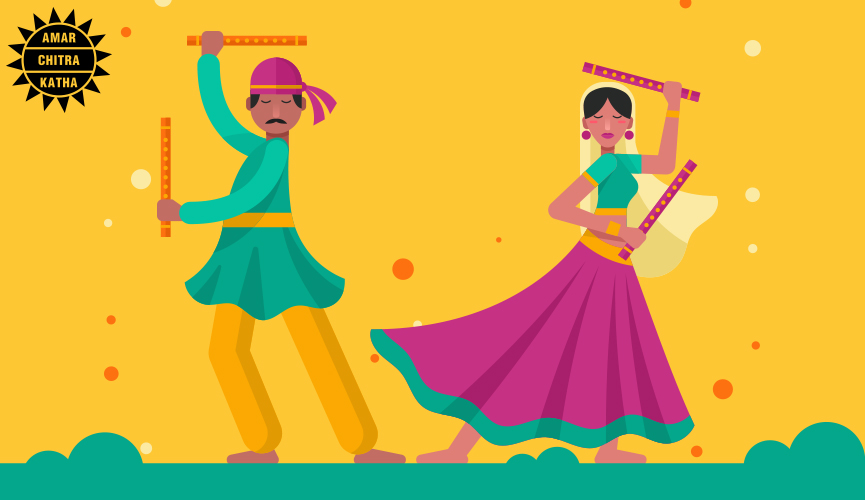
Since the festival marks the triumph of good over evil, Dussehra is considered an auspicious day to begin a new venture or start a new investment. Another trend is the immersion of idols, commonly practised across the nation.
In various parts of northern India, to mark the end of evil, huge colourful effigies of the demon king Ravana, his son Meghanada, and his brother Kumbhakarna are set on fire with the help of a flaming arrow. The legend of the Ramayana is brought to life as well through theatrical enactments of the epic called Ram Leela. Further north, in the Kullu valley of Himachal Pradesh, one can also witness large fairs and parades as a part of the celebrations.
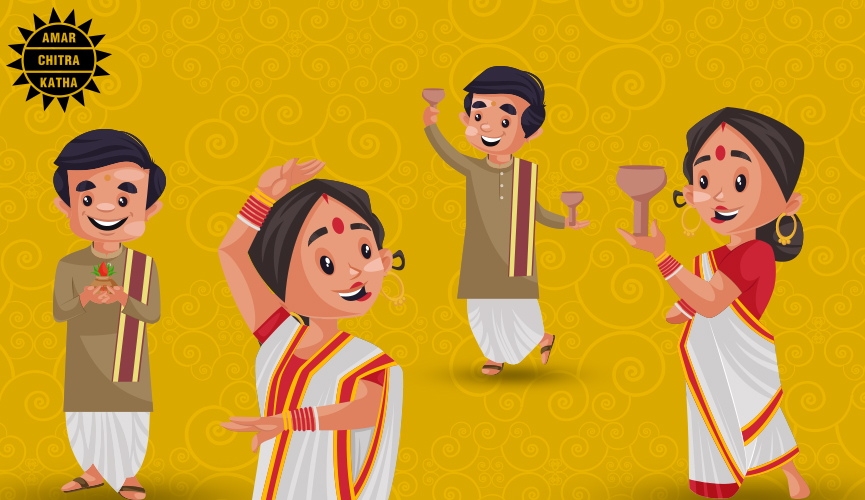
In the states of Gujarat, Maharashtra and West Bengal, fasting and prayers at temples are commonly observed. Dances and folk songs are an integral part of the celebrations, with devotees performing regional dances such as the dandiya raas, garba and dhunachi during the nine nights of the festival.
Down South, temples and major forts are illuminated, and one can find interesting displays of colourful dolls and figurines called golu or bommai kolu.
To receive more such stories in your Inbox & WhatsApp, Please share your Email and Mobile number.

Comic of The Month
Dr Kotnis in China
In 1938, twenty-eight-year-old Dr Dwarkanath Kotnis was part of a medical mission that India sent to aid China in its war with Japan. Dr Kotnis was committed to saving lives, even in the precarious war-time situation. He remained behind to continue his work in China after the rest of his group returned. He was, and remains, a selfless and fearless hero to the people of China and India alike.